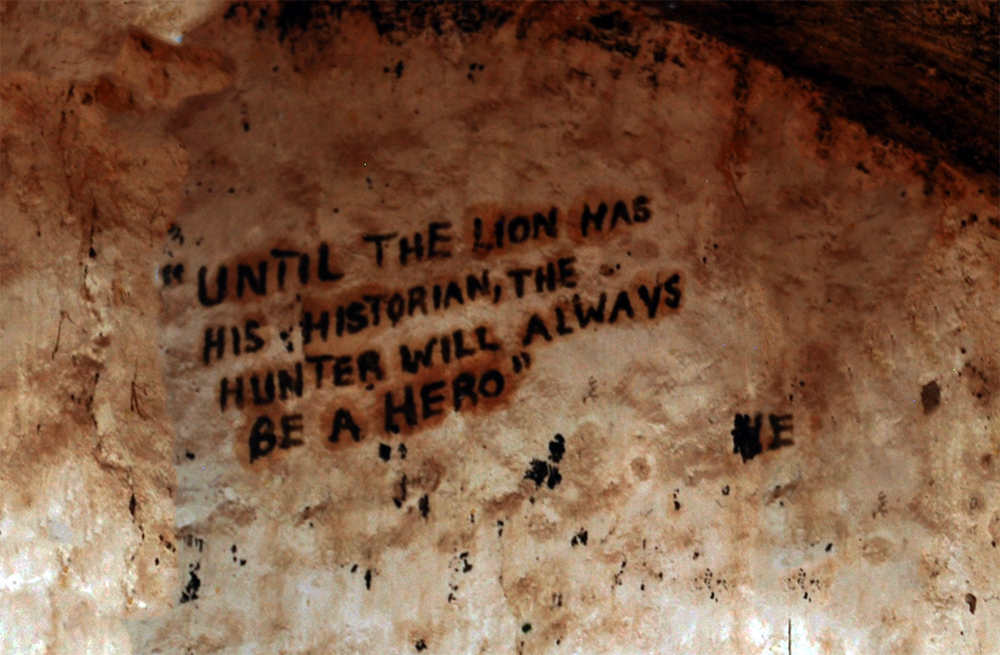This past weekend I became acquainted with emotions that I didn’t know I was capable of feeling: everything ranging from a deep, gut-wrenching guilt that I still can’t shake, to a profound sadness fueled by frustration at my inability to change the past. I felt primed for our trip to the Elmina Slave Trade Castle. After all, I’ve spent hours studying the history of the castle and the atrocities that occurred within its walls. I’ve watched numerous documentaries about the transatlantic slave trade, poured over the entirely-too-short textbook segmentations that recount the horrors faced by millions of Africans over the hundreds of years that the slave trade took place. For a reason unknown to me now, I thought my knowledge about what happened in the castles along Ghana’s coast would somehow make going there easier. I was absolutely wrong.

Once inside the castle I was overwhelmed with an eerie melancholy that I had never experienced before. As I entered the first female slave dungeon I tried to imagine myself having to spend more than a few minutes there. In the terrible darkness and extreme heat, due to a lack of ventilation, it seemed impossible. Not only did hundreds of women and children spend days on end in these extreme conditions, but they were also subjected to starvation, violence and rape along the way. Again I thought back to the textbooks I’ve read and lectures I’ve listened to, but being within those walls gave a whole new dimension to the historical facts I (thought) I understood.

An aspect of the tour that stood out to me the most was when the guide explained how captured women would be lined up in the courtyard while the governor looked down from his balcony to make his selection, as if the human beings below were no more than animals being sold at a market. Next we saw the trap drop that led from outside the female dungeon directly to the governors’ quarters- further evidence of the sexual violence that women were subjected to during their time at Elmina.

As we exited, I was struck by the proximity of the city to the castle. How could anyone remain close to a site in which his or her ancestors suffered so severely? How could such a profoundly evil location become a normalized visual aspect of their everyday life? On my way to the air conditioned van I had the privilege to be a passenger on I was swarmed by children and teenagers trying to sell me whatever they had: bracelets, seashells, groundnuts and so on. This is when the guilt began to set in. I denied making purchases from these young people, whose ancestors were likely subjected to unimaginable pain only feet away from where I stood. I almost felt as if I was saying to them: “I don’t care what happened to your family in the past and I don’t care what happens to you now.” The ethical dilemma of how to show that I do care continues to be a point of conflict for me; however, this same dilemma reiterates the importance of educating myself about the injustices that have occurred in this world so that I can be an active participant in combating the violation of basic human rights in the future.
